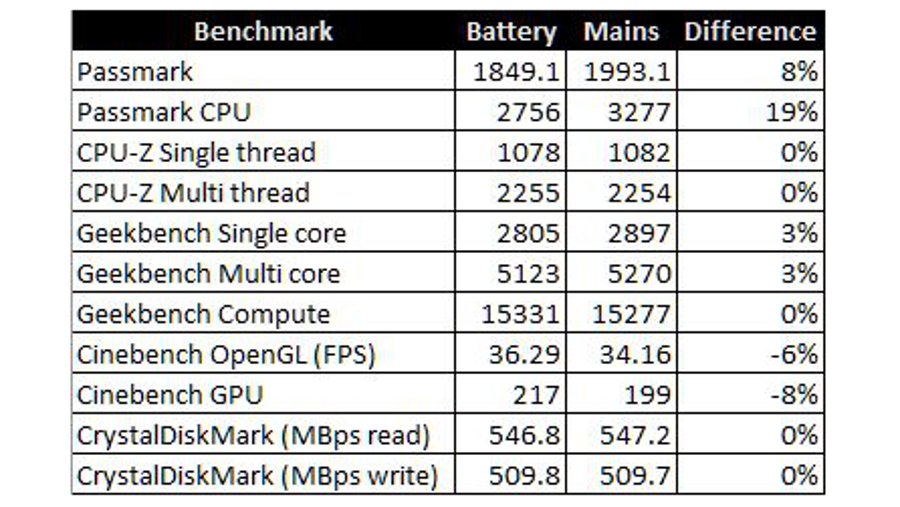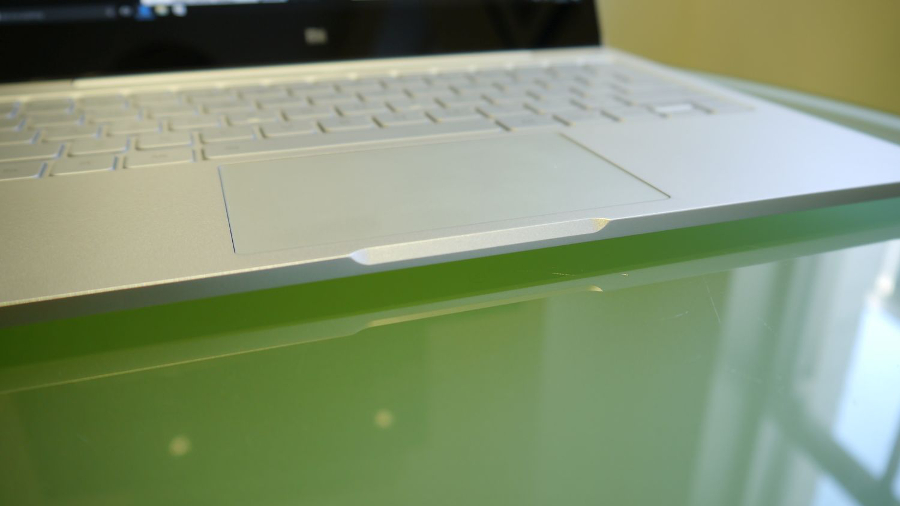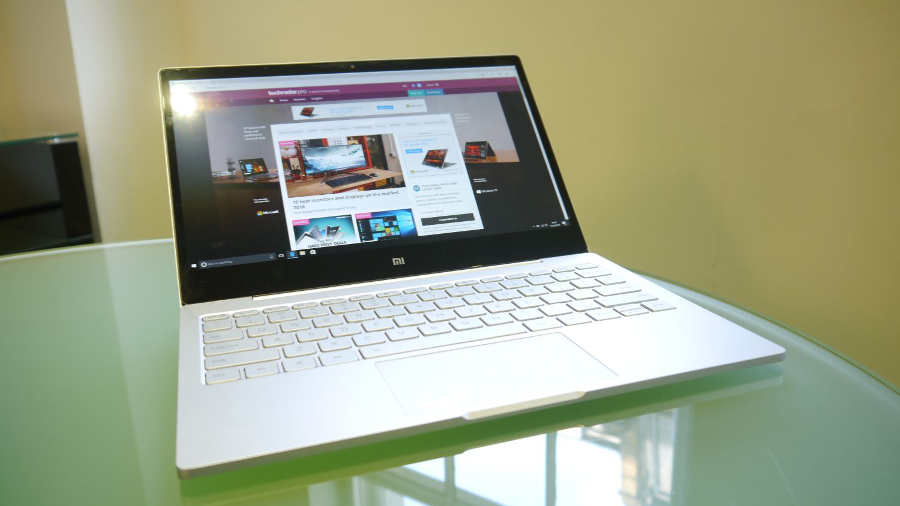Why you can trust TechRadar
Spec sheet
Here is the configuration for the Xiaomi Air 12 Techradar Pro reviewed:
- CPU: Intel Core m3-6Y30 (900MHz, turbo to 2.2GHz)
- Graphics: Intel HD Graphics 515
- RAM: 4GB
- Screen: 12.5-inch, full HD 1920 x 1080 resolution display
- Storage: 128GB SATA3 M2 SSD
- Ports: 1 x USB 3.0, 1 x USB Type-C, HDMI, audio jack
- Connectivity: 802.11ac Wi-Fi, Bluetooth 4.1
- Cameras: 1MP front-facing
- Weight: 1.08kg
- Size: 292 x 202 x 12.9mm
Xiaomi opted for an Intel Core M processor to power the Air 12 – this is a Skylake-based m3-6Y30 CPU, a model launched a year ago that features two cores, four threads, a base processor frequency of 900MHz and a maximum turbo frequency of 2.2GHz.
With 4MB cache, it offers a TDP of only 4.5W. Its Intel HD Graphics 515 integrated GPU has a base frequency of 300MHz and a maximum dynamic frequency of 850MHz.
Compared to the previous generation, this one finally supports 4K at 60Hz via DisplayPort. Sadly, the laptop doesn't support 4K at that frequency via HDMI as it tops 30Hz.

That said, the Core m5-6Y57 might have been a better option: it costs the same and has the same TDP but a higher base frequency, turbo frequency and maximum dynamic frequency, and above all that, supports Intel's vPro technology.
The display used is a 12.5-inch affair with a full HD resolution. 4GB of DDR3 RAM is soldered on the motherboard and sadly there is no option to increase that.
A 128GB SATA3 M2 SSD from Samsung occupies one slot with another free PCIe M2 slot available next to it. Both can be accessed simply by removing the cover, a fairly easy task.
Sign up to the TechRadar Pro newsletter to get all the top news, opinion, features and guidance your business needs to succeed!

The battery is a non-replaceable 37Whr model, one which according to Xiaomi should power the laptop for up to a whopping 11.5 hours, but in reality, that can only be achieved under extreme, unrealistic circumstances (no connectivity, lowest brightness setting).
The rest of the specification is fairly standard for a laptop of this price: 802.11ac Wi-Fi, a 1-megapixel front-facing camera, Bluetooth 4.1 and a pair of AKG custom dual speakers.

Benchmarks
The Xiaomi Air 12 delivered some solid numbers thanks to a smart combination of components. While none of them are particularly eye-catching, they are on par with the rest of the competition. The Asus Zenbook UX305 scored 212 points on Cinebench for example while the M5-based Dell XPS 12 achieved 180 points.
The below table shows how Xiaomi's first laptop performed – note that most scores are within error margins except for the Passmark and the Cinebench ones. The latter is particularly intriguing as the Air 12 scored consistently better on battery than on mains.

We were expecting worse audio from this laptop. The fact that the speaker grilles were located on the laptop base didn't bode well, but the slight elevation procured by the rubber feet together with an ever-so-slight curvature meant that the sound was honestly decent rather than outright bad.
With a 12.5-inch diagonal (156 x 277mm) and a full HD resolution, the Xiaomi Air 12 has a higher pixel density than most laptops on the market which makes text and icons particularly crisp.
They need to be upscaled though as otherwise they will look uncomfortably small. Brightness and contrast were superb, subjectively on par with the Dell XPS 13 although the latter doesn't have a glossy glass overlay.

We tested the Xiaomi's battery life by playing a YouTube countdown timer with the screen's brightness set to full. To mimic real-life experience, we left all other settings untouched which meant that the battery saver feature kicked in when battery life hit 20%.
It dropped to 10% after 6 hours 29 minutes, before the laptop shut down at 5% which happened just after the 7 hour mark. Charging it back to 68% took around 51 minutes which is reasonably fast. So don't expect the rated 11.5 hours battery life in real-life unless you're ready to go to extremes to achieve it.

The competition
There's plenty of competition based on the same Intel Core m3-6Y30 processor and they are all thin-and-light laptops.
Perhaps the most compelling of them is the Lenovo Yoga 700 (review here) which is the smallest member of the Yoga family and sports a smaller SSD compared to the Xiaomi Air 12, but twice the RAM.
It also costs far less (under £420 – that's around $555, AU$740), has a touchscreen display, is entirely convertible and can be with you in less than a day (plus it is sold by Amazon).
If you can put up with the orange colour scheme, then the Yoga 700 is probably an altogether better alternative to the Xiaomi Air 12.
Other rivals include the Asus Zenbook UX305CA, Dell Latitude 5175, the Samsung Galaxy TabPro S, the HP Elite x2 1012 G1 and the Dell XPS 12-9250. All bar the first one are 2-in-1 convertibles or detachables.

Désiré has been musing and writing about technology during a career spanning four decades. He dabbled in website builders and web hosting when DHTML and frames were in vogue and started narrating about the impact of technology on society just before the start of the Y2K hysteria at the turn of the last millennium.
